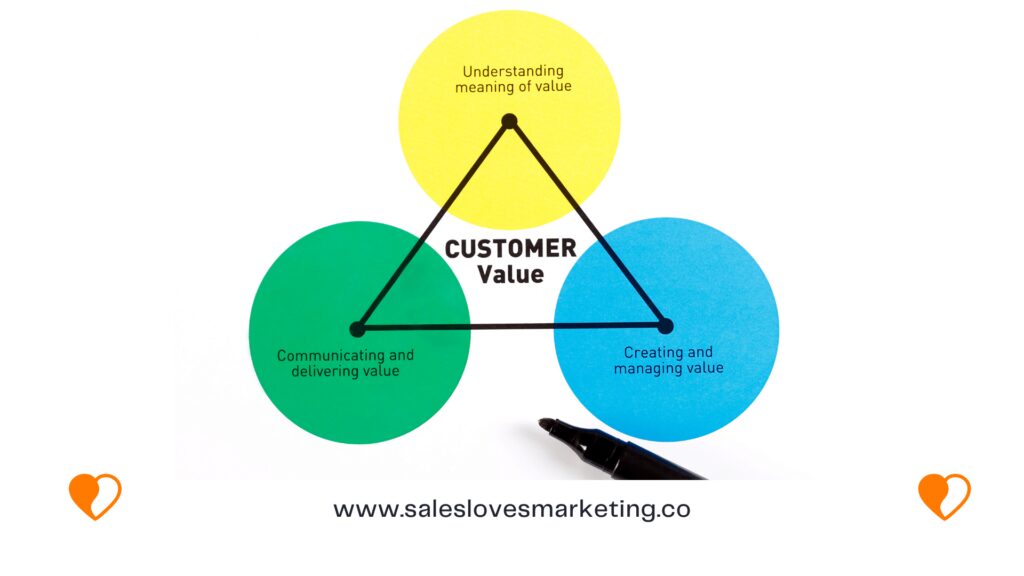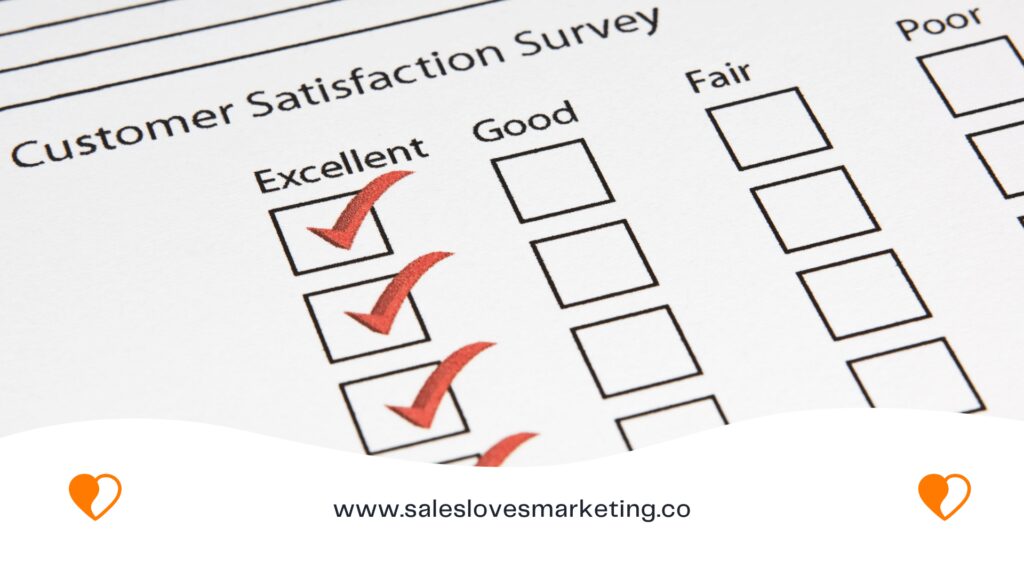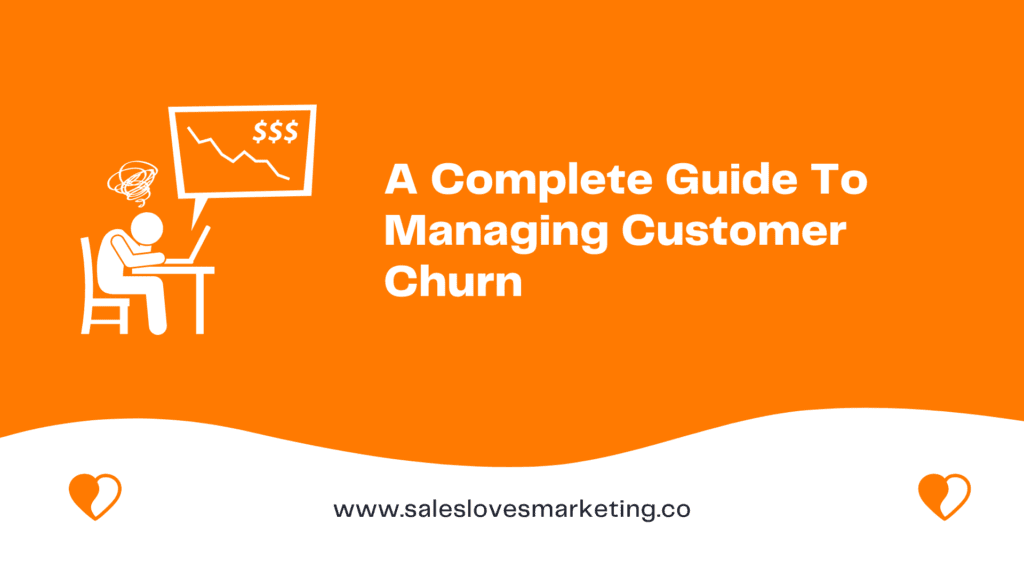As a business owner, getting new customers is undoubtedly your top priority. That makes perfect sense because your business can’t survive without a constant flow of revenue from them; you must ensure that they keep coming in. However, the question is, how many of those people will remain loyal in the long run?
Every business loses customers; no one can claim to have never experienced this.
Yet each business responds uniquely: some spend more time and money searching for new customers to make up for the loss, while others focus only on determining what went wrong and how to prevent their existing clients from leaving.
Understanding Customer Churn
Customer churn refers to the proportion of business customers that discontinue using the service or product within a specified time frame.
You can determine the churn rate for a given period by dividing the total number of subscribers lost by the total number of subscribers acquired and then multiplying by 100.
For example, if you had 250 new subscribers during a quarter but lost 10, your churn rate would be (10/250) x 100 = 4%. This would mean that 4% of your subscribers abandoned your product or service.
Leading Indicators Of Customer Churn
Customer churn management is the practice of preventing customers from leaving by anticipating and preventing their exit. It may also involve identifying the most common causes of customer churn and making significant changes to address them.
Often, there are signs that a customer is about to churn; if these are recognized ahead of time, you can lessen the impact of the churn and implement a successful recovery strategy. You must watch out for the following:
When they leave negative feedback, vent their frustration on social media or express dissatisfaction.
When a customer submits an excessive number of service requests, it could indicate that they are having trouble with your product’s interface.
When customers contact you soon before their renewal date requesting price reductions or contract adjustments, it can be considered a red flag.
If a customer rate their overall experience as ‘neutral,’ that means they do not strongly recommend your business to others.
Customer behavior tools, such as Parative, allows you to classify your customers and track their actions and product engagement in real-time. There may be cause for concern if they seem uninterested or aren’t using the product.
These usage patterns can help determine which customers will most likely abandon your product. By identifying these individuals, you’ll be able to connect with them before it’s too late and work with them to resolve the issue.
Causes Of Customer Churn
There can be many reasons for a customer to stop buying from you. Among the most common causes of customer churn are the following:
Lack Of Support
Is there anything you could do to make your customers more frustrated? The lack of response and the appropriate handling of their complaints. If they keep bringing up the same problems, and you continue dismissing them, they’ll become increasingly agitated, leading to churn.
Customer complaints should be viewed as a wake-up call for your company. Keep in mind that not addressing their complaints promptly may be costing you the chance to establish a stronger bond with them.
Not Enough Value
Being undervalued is the leading cause of customer churn. Value cannot be limited to monetary terms alone. In this context, ‘value’ is a more inclusive term that encompasses customer’s experience. Note that many consumers would rather pay more to ensure superior service than go with the cheapest option. Service should be customized to each customer because the things that are significant and valuable to one person may not be to another. Understanding the customer’s interests is the first step in determining what they value most.

Poor Product
No matter how dedicated an individual may be to your brand, they won’t keep buying products that don’t meet their needs.
Pricing. Your prices may influence the purchasing decisions of your customers. If customers discover a more affordable alternative, they may choose it.
Most causes are poor customer service, such as unaddressed complaints, longer waiting times when contacting through phone or online chat, inconsistent follow-ups, indifferent representatives, and repetitive computer-generated responses.
The good news is that you have complete control over all of this.
Customer Churn Management Strategies
Beating customer turnover is an absolute must. You can improve your churn management and protect your revenue by implementing the following churn reduction best practices.
Communicate With Customer And Get Feedback
Communicating with your customers is essential for reducing churn. The more they use your good or service, the more important it is for you to know why they like it and keep using it.
If you want to learn more about your users and what they want, a well-timed survey can help. Be mindful of the tone and context of your request. Many users will not take the time to complete a lengthy survey until they have a significant investment in your product. Consider rewarding users who would provide feedback, such as entering them into a lucky draw to win a prize.
Afterwards, use the feedback you receive from customers to better your retention efforts.
Improve Customer Support
Investing more resources into your customer service team can significantly impact your business’s retention rates. Customers whose issues have been resolved are more likely to return.
Email automation incorporating the sender’s unique tone of voice can be very effective. Doing so will demonstrate that you value your customers and are making every effort to ensure their satisfaction.
On top of that, you can employ a representative to handle customer service for you. If they can reduce your churn rate, you may justify the price for that. In addition, make sure everyone on your team is knowledgeable with these skills.
Reward Loyal Customers
You should establish a loyalty or rewards program to encourage repeat business from existing customers. When implemented properly, loyalty programs can boost customer retention and engagement. Badges, discount coupons, and free shipping are all good options.
Alternatively, why not conduct a poll to see which option is preferred by your customers? Keep in mind that there are many other ways to incentivize customer engagement besides just offering discounts or freebies for making purchases.
Create an Exceptional Onboarding Process
Getting started with a brand-new service or product might be challenging. And if a customer has trouble getting around to your product or service right away, they’ll likely lose interest quickly.
Setting up a new customer onboarding process to walk them through your business’ products, functionality, and the process can help smoothly facilitate the transition. When you use this strategy, you can control the rate at which new details are introduced to customers while efficiently meeting their expectations.
If you don’t, potential customers might be discouraged from committing to your product or service and look elsewhere for their needs.
In addition, you may wish to include a visible progress indicator so that they can see how far they’ve already come.
Keep An Eye On The Competition
Sometimes, competitors will produce more appealing offers or new versions of their products. If you don’t keep an eye on them, these strategies can bring in many customers who have never interacted with your business. Note that customers may be less likely to abandon you for the ‘next shiny penny’ if you can anticipate their product launches and make adjustments to keep up with the competition.
Know Why They’re Leaving
Though it may seem obvious, the first step in effectively treating any illness is identifying its causes.
There are easy ways to determine the cause of customer turnover in your business. You can send them an exit survey or a personalized email. The best course of action among these is to call the customer. Taking the time to call a dissatisfied customer shows that you care about them beyond just making a sale.
Moreover, don’t forget to ensure that your questions must be relevant and not off-topic.
Focus On Customer Success
Even though the strategies above are beneficial, it’s important not to lose sight of the end goal, preventing churn before it becomes a problem.
It would be best to create a lasting bond with your audience by exceeding their expectations at every interaction.
Your secret weapon is putting the customer first and building a company culture around customer success. You should ensure that everyone in your company, from the sales team to engineering to marketing to customer support, knows that their ultimate goal is to make the customer feel like a million bucks. Remember that when a business cares about the results and success of its customer relationships, it can positively affect the company culture from every angle.

Conclusion
The importance of keeping existing customers is often overlooked. Many businesses eventually realize they can’t constantly expand through acquisitions. To lower your customer churn rate, you need to turn one-time buyers into loyal customers who are repeatedly committed to using your product or service. As a result, you’ll be able to keep your customers happy and reduce the customer churn rate for your business.
